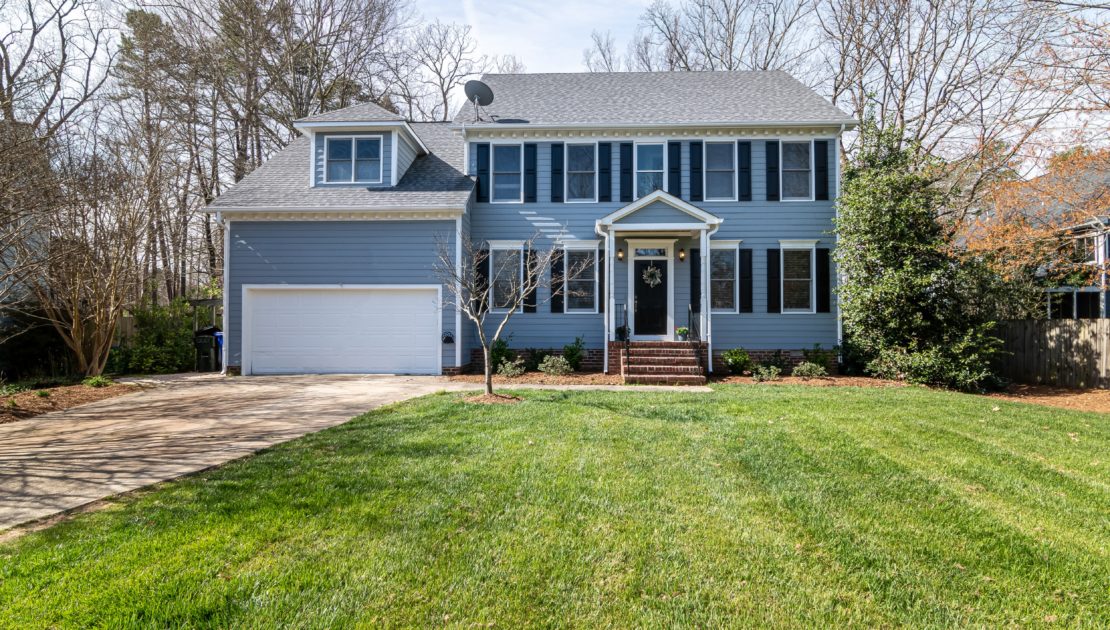[mc4wp_form id=”2320″]
What to Know When You Plan to Land Grade Your Property
-
April 21, 2021
- Posted by: Admin

Land grading is the act of levelling the surface of your property. If you bought a property with uneven land, you might require grading before you build a structure. You could move high parts of the land to lower areas. If there is a need for more soil, this is part of the process. Your final output would be graded flat or sloped, depending on your property’s needs.
If you plan to grade your property soon, you have come to the right place. This article would tell you every vital piece of information you should know about grading a property.
How to Properly Grade Your Property
The rule is simple: you need first to find your slope through the following procedure:
1. Get a string line with a level and place it around your property. It should be continuous, covering the highest and the lowest points of your property. This line could help you and your landscaper understand the situation of your slope.
2. Get the soil you need. Since you already know how deep your slope is and the difference between the high and low points, you can now also estimate the amount of soil you need.
Once you order it, dump it on the site. Here are some helpful reminders:
- Start dumping soil in the lowest spot.
- Make the soil more presentable by tilling and spreading it. You can use your hands, a rake, or a machine to do this. It all depends on the availability of your materials and how big your project is.
- As soon as you fill in all parts necessary, make sure to rake the top to ensure that it is smooth and perfect.
3. The final grade should be equal to your existing walkway, patio, or lawn—especially if you plan to landscape your property.
Other Helpful Tips
- Check if there are underground utilities around your property before proceeding with digging and filling.
- Have a receptacle to place the excess soil. That could help you contain any mess and save time spent cleaning it. It would also make the transfer of soil more efficient.
- Do not use just any soil for filling. You should carefully choose the soil depending on what you plan to do with your property. If you plan on planting on it, loam soil is advisable since it is rich in nutrients and provides good drainage.
- Ensure the slope is away from your home instead of into it. A decent grade should be two to three inches for every ten feet. Design it in a way that the water would flow away from your foundation instead of the other way around. That could prevent soil erosion in heavy rain.
Conclusion
Properties that are sloped or properties that are flat each have their disadvantages. If you want to increase your current property’s usability or maximize its potential, land grading could be a good solution for you. Just make sure to work with professional contractors to avoid future problems, such as the water running towards your home.
If you are looking for someone who can do your Winnipeg landscaping, trust only Classic Landscapes. We have more than ten years in the business and offer various landscape design and construction services. Contact us today.
